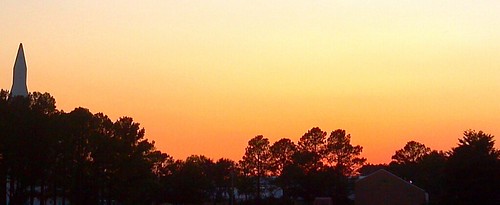Awesomeness Round-Up – 11/10/2011
- By Sara Mitchell
- November 10, 2011
- Comments Off on Awesomeness Round-Up – 11/10/2011
Pulsars are fascinating stars. They’re neutron stars – objects so dense that a teaspoonful of their matter weighs as much as Mount Everest – and they emit periodic bursts of energy as they rotate, like lighthouse beacons in space. Scientists watch for the tell-tale pattern of emissions, which typically show up every few seconds. A specific group of pulsars known as millisecond pulsars whirl thousands of times per minute. The Fermi Gamma-ray Space Telescope has recently identified ten new pulsars, including an unusual millisecond pulsar that may be the youngest ever observed. To learn more about the 100 pulsars that Fermi has discovered to date, you can check out the interactive Fermi Pulsar Explorer.

Credit: Stephanie Getty, NASA Goddard
When light is your primary tool, as it is in astronomy, you want to have very precise control over what light you’re collecting and what you’re blocking. A new material developed by engineers here at NASA Goddard can absorb more than 99 percent of the ultraviolet, visible, infrared, and far-infrared light that hits it – which could give astronomers a new advantage in collecting light from hard-to-see objects or keeping sensitive detectors cool. The carbon nanotube coating is far better than the black paint that has previously been used for similar purposes.
Ever feel like scientists are speaking a different language than everyone else? Perhaps they are! In the October 2011 issue of Physics Today, an article discussed the language used to discuss climate change – and the fact that the words used can have very different meanings for scientists and the general public. This instigated a much larger discussion about words in science, and hundreds of individuals have contributed to a shared Google spreadsheet that explores the language of science across a wider range of disciplines.
We’ll leave you with these two lovely images of sunset at Marshall Space Flight Center’s “Rocket Park” at Redstone Arsenal. That’s a view that’s worth stopping to enjoy!




